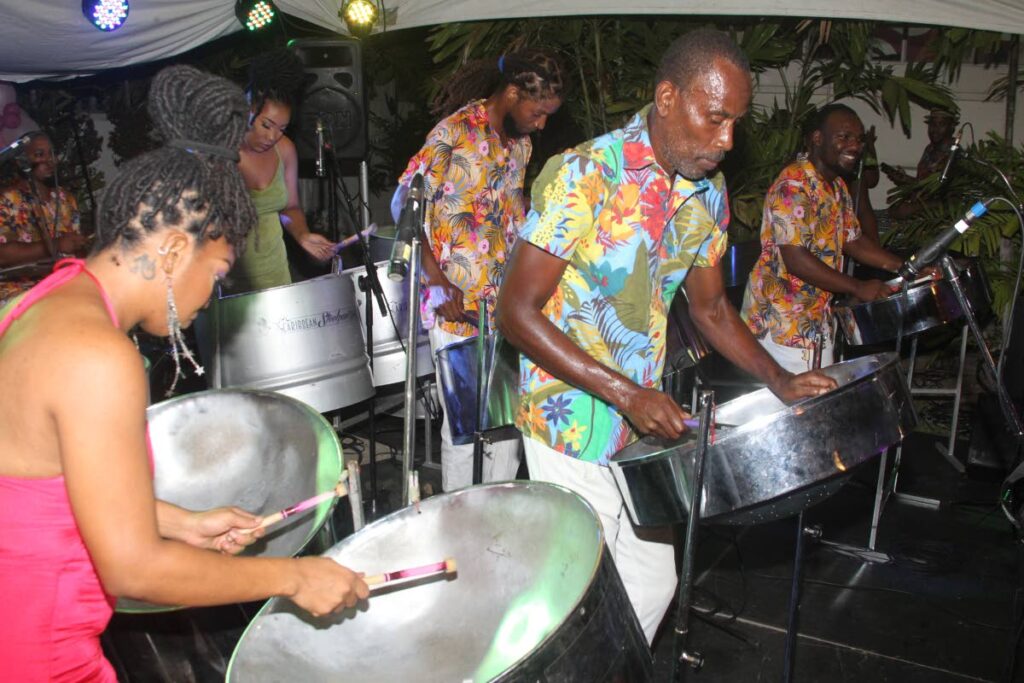Pan on a higher note

ON THE THIRD floor of the UN General Assembly building in New York, US, sits two steelpans. Gifts from Caricom, they were donated in 1995. Almost three decades later, the UN on Monday declared August 11 World Steelpan Day, cementing the place of steelpan in the global sphere.
Whether it’s Pan Month or World Steelpan Day, it’s always a good time to celebrate what is undoubtedly our national instrument. There is perhaps no better symbol of the 20th century.
Though the steelpan was invented using the detritus of the oil industry, it is really a byproduct of and testimony to the creativity of the people of this country, specifically people from Port of Spain communities like Laventille and environs. Winston “Spree” Simon, Tony Williams, Ellie Mannette, Bertie Marshall, Jonathan Francis, and Rudolph Charles all carved out the instrument as we know it.
It is important to remember, too, the long history of suppression the steelpan movement endured. This was an instrument policed both by social mores which denigrated anyone associated with the pan as a vagabond or worse as well as by official law enforcement actions.
Today, prime ministers and presidents play in steelpan bands at Carnival time. The instrument, once on the margins within this country, is now literally on the world stage.
Steelpan’s reach is such that it is studied by academics in the US and elsewhere, taught in Japan, and incorporated in music by musicians all over the world. And this is in addition to the local proponents of pan music who tour the globe, playing at carnivals, festivals and cultural events.
Though an invention of TT, the steelpan has become synonymous with the Caribbean as a whole, achieving what decades of political activism and attempts at regional integration have sought to do: unification.
But even so, there is a lot more that needs to be done to remove the albatross of neglect from around the neck of this cornerstone of our culture. It is more than just preserving and telling pan’s story through books, films and university research.
It is also a matter of investing in infrastructure, such as maintaining and expanding the headquarters of organisations like Pan Trinbago, as well as in people.
It should not take recognition from foreign actors and international bodies like the UN for us to appreciate what is ours.
While there is already a good degree of corporate sponsorship in the pan sector and while there are strong levels of political commitment to this instrument, the time has come for an even deeper social engagement with this instrument which, better than any other, represents the perfect synthesis of past and future.
We should value pan players, young and old, more.


Comments
"Pan on a higher note"